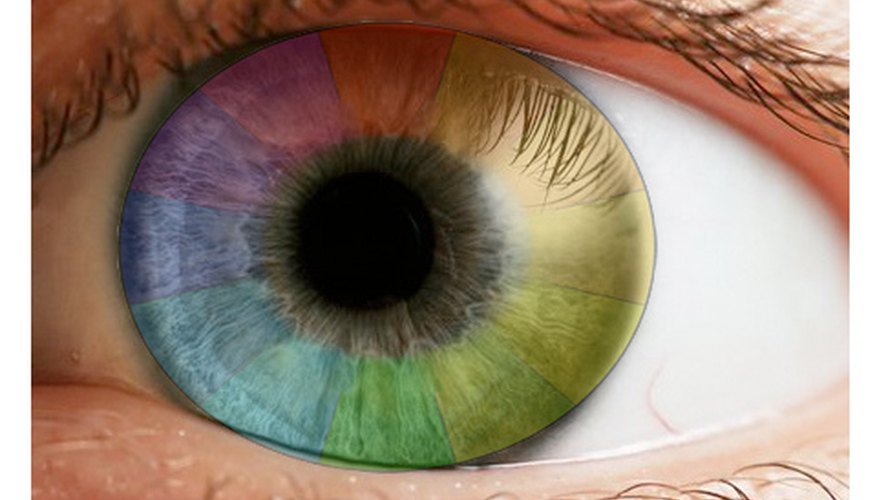Albinism is a genetic disorder that inhibits the body's ability to make melanin, the dark pigment that protects the skin and eyes from ultraviolet radiation. People with albinism, also sometimes called simply albinos, may use contacts to help correct vision problems, protect their eyes from UV light and glare, and sometimes to alter eye colour.
Types
There are different classifications of albinism. The most well-known type is Oculocutaneous Albinism (OCA2) and characteristics can include pinkish eyes, white hair and pale skin. Ocular Albinism is the type of this disorder that mainly affects the eyes.
Features
Although some individuals with albinism have reddish or violet eyes, most have blue eyes and some have hazel or brown eyes. The appearance of pink or red eyes in someone with albinism is actually an optical illusion. Because of the lack of pigment in their eyes, light is reflected back off the retina. This has the same appearance as the "red eye" effect in flash photos.
- Although some individuals with albinism have reddish or violet eyes, most have blue eyes and some have hazel or brown eyes.
- The appearance of pink or red eyes in someone with albinism is actually an optical illusion.
Albinism and Vision
In addition to creating a different appearance to the eyes, albinism can affect vision in many ways. People with this disorder can have mild to moderate vision problems because the macula, the part of the eye where the central and best vision is located on the retina, can be underdeveloped. Albinism can also cause strabismus, or crossed eyes, and nystagmus, or involuntary movement of the eyes.
Photophobia, or sensitivity to light, is one of the most common vision problems for people with albinism. Because the iris doesn't have enough colour, the eye cannot control the amount of light coming in to the retina and glare can be a big problem.
- In addition to creating a different appearance to the eyes, albinism can affect vision in many ways.
- Photophobia, or sensitivity to light, is one of the most common vision problems for people with albinism.
Corrective Lenses
Contact lenses are frequently and successfully used to correct vision problems associated with albinism. While visual acuity, or sharpness, can be greatly improved with contacts, vision can rarely be corrected to 20/20 due to the genetic irregularities in retinal development.
- Contact lenses are frequently and successfully used to correct vision problems associated with albinism.
Strabismus and nystagmus are sometimes helped by wearing contact lenses. Tinted contact lenses can help with light sensitivity.
Eye Color
NewColorIris is an intraocular lens implant procedure done in Panama that can change eye colour to light green or light blue and involves inserting the lenses into the eyes under topical anaesthesia. According to NewColorIris.com, the procedure can improve the appearance of patients with Ocular Albinism.
Companies like Adventures in Colors offer prosthetic contacts and make hand-painted iris lenses for albinism.
